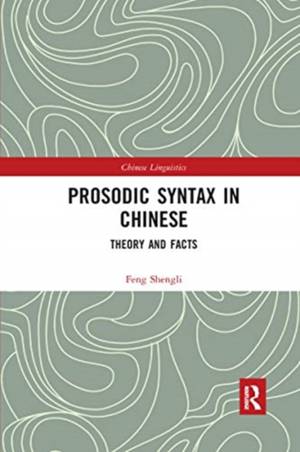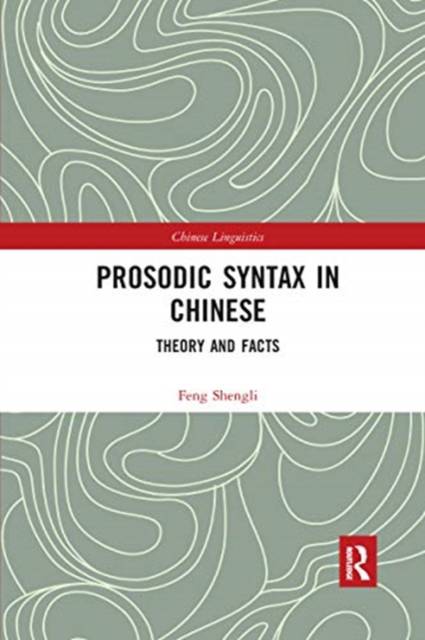
- Retrait gratuit dans votre magasin Club
- 7.000.000 titres dans notre catalogue
- Payer en toute sécurité
- Toujours un magasin près de chez vous
- Retrait gratuit dans votre magasin Club
- 7.000.0000 titres dans notre catalogue
- Payer en toute sécurité
- Toujours un magasin près de chez vous
Description
In the two volumes of Prosodic Syntax in Chinese, the author develops a new model, which proposes that the interaction between syntax and prosody is bi-directional and that prosody not only constrains syntactic structures but also activates syntactic operations. All of the facts investigated in Chinese provide new perspectives for linguistic theories as well as insights into the nature of human languages. The subtitles of the two volumes are Theory and Facts and History and Change respectively, with each focusing on different topics (though each volume has both theoretical and historical descriptive concerns).
This book has shown that prosody has played a crucial role in triggering the many changes in the diachronic development of Chinese. On the one hand, this book investigates the existence of SOV structures in Early Archaic Chinese, a SVO language, and then demonstrates the role of VO prosody in causing the disappearance of the remnant structures after the Han Dynasty. On the other hand, this book surveys the historical evidence for analyses of bei passives and Ba-constructions, and then offers a prosodic analysis on the origin of these two sentence patterns in Chinese. It is claimed that prosody can be an important factor in triggering, balancing and finally terminating changes in the syntactic evolution of Chinese.
Spécifications
Parties prenantes
- Auteur(s) :
- Editeur:
Contenu
- Nombre de pages :
- 312
- Langue:
- Anglais
- Collection :
Caractéristiques
- EAN:
- 9780367729400
- Date de parution :
- 18-12-20
- Format:
- Livre broché
- Format numérique:
- Trade paperback (VS)
- Dimensions :
- 156 mm x 233 mm
- Poids :
- 669 g

Les avis
Nous publions uniquement les avis qui respectent les conditions requises. Consultez nos conditions pour les avis.






